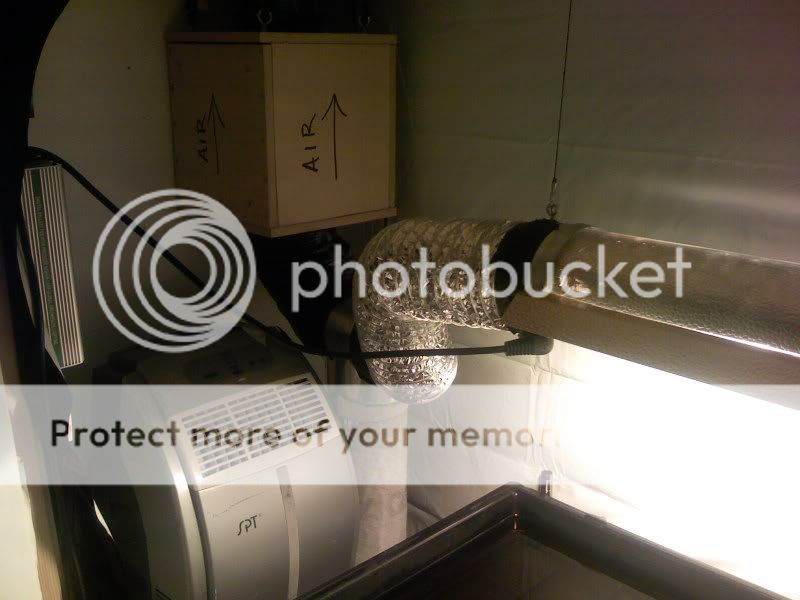You've yet to show any data showing that specialized insulation is no better than fluffy pink stuff. The walls were all framed at the same time, exact same drywall, thickness, compound, etc. Walls were built within days of each other to the same standards, just different insulation.
I'm not talking a difference of a couple of decibels, I'm talking a MASSIVE difference. Yelling vs whispering. And I'm sorry, you have no experience with the stuff or have tried it for yourself.....you are just regurgitating what others of said and that acoustic insulation makes no difference. I know first hand, that without doubt, this is not true......the small potential variables that you mentioned are not factors here, and even if they were, they could not explain the huge difference. I run a recording studio in the other half of my basement, I could easily run a test signal through the wall to my SPL meter both upstairs and downstairs and post the results to prove my point.

